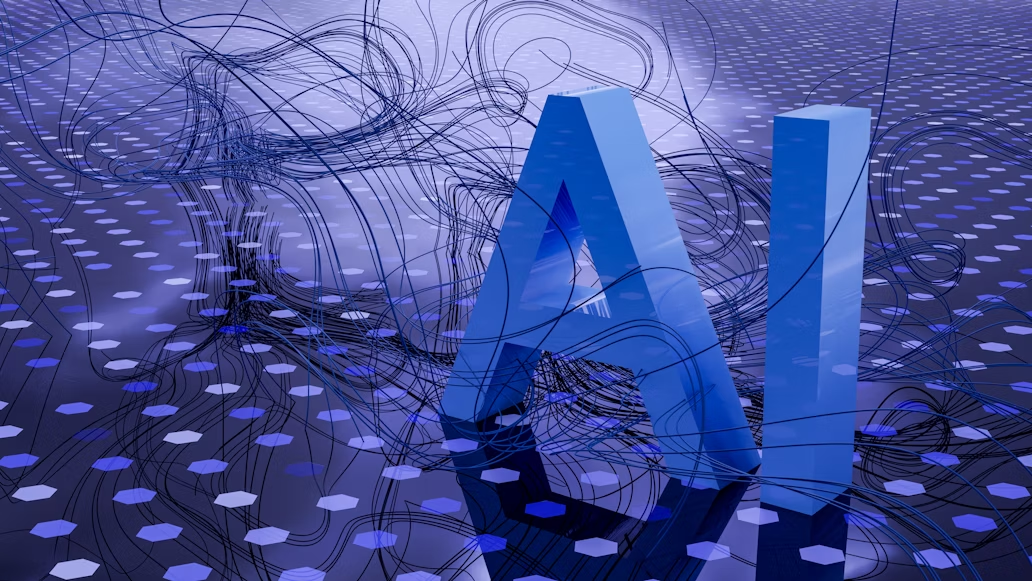
Not long ago, artificial intelligence was seen as something futuristic — a tool that might one day help automate routine tasks or assist humans in making faster decisions. Fast forward to today, and AI, particularly generative AI, has become one of the most influential forces reshaping how we work, learn, and create. It’s not just a buzzword anymore; it’s changing the way entire industries function, from marketing and design to software development and research.
What is Generative AI?
Generative AI refers to algorithms and models that can create new content — whether it’s text, images, music, code, or even video. Unlike traditional AI systems that are designed for prediction or classification, generative AI focuses on creativity and synthesis. Tools like ChatGPT, Midjourney, and DALL·E have shown that machines can now assist in producing work that feels uniquely human.
But beyond writing articles or generating art, generative AI’s real impact lies in how it’s reshaping the workforce. It’s enabling professionals to work smarter, not harder, by automating repetitive tasks, enhancing creativity, and providing personalized insights.
Boosting Productivity and Efficiency
One of the most immediate effects of generative AI in the workplace is the dramatic boost in productivity. Tasks that once took hours — drafting reports, summarizing documents, or creating marketing copy — can now be completed in minutes with AI assistance.
For example, in the marketing sector, teams are using AI tools to generate content ideas, write ad copies, and even tailor campaigns for specific audiences. In software development, developers can rely on AI-powered code assistants that suggest snippets or debug code on the fly.
The result? Professionals can focus more on strategic thinking, creativity, and decision-making, while AI handles the groundwork. This combination of human intelligence and machine efficiency is becoming the new standard of productivity.
Empowering Creativity
Generative AI doesn’t replace human creativity — it amplifies it. Designers are using AI to generate design prototypes or explore new visual styles. Musicians are experimenting with AI tools that help compose melodies or harmonies they might not have imagined otherwise. Writers are finding inspiration in AI-generated prompts or outlines that help them overcome creative blocks.
The beauty of this technology lies in how it expands the creative possibilities. Instead of stifling originality, it offers new perspectives and speeds up the creative process. What used to take weeks of brainstorming can now happen in hours, with humans still steering the artistic direction.
Transforming Learning and Skill Development
The workplace is evolving faster than ever, and employees are realizing that continuous learning is essential. Generative AI is playing a major role here too. It’s personalizing education — helping individuals learn at their own pace, through interactive, adaptive systems that tailor content to their needs.
For those who want to upskill or shift into tech-related fields, AI-based education platforms are bridging the gap between curiosity and expertise. If you’re keen to dive deeper into this field and understand how generative AI actually works in practice, check out Heicoders Academy's generative AI course — a hands-on way to learn how to build and apply these models effectively in real-world contexts.
This kind of learning isn’t just about theory; it’s about equipping the workforce for the AI-driven economy of tomorrow.
Creating New Roles and Career Opportunities
While there’s been ongoing debate about AI replacing jobs, the truth is that it’s also creating new ones — roles that didn’t exist just a few years ago. We’re now seeing demand for AI trainers, prompt engineers, model auditors, and ethics specialists. Companies need professionals who can not only work with AI tools but also ensure their responsible and effective use.
Moreover, industries like healthcare, finance, and manufacturing are increasingly adopting generative AI to streamline operations. Medical researchers are using AI to simulate molecular structures for drug discovery. Financial analysts are generating predictive models for market behavior. Even in traditional sectors, AI literacy is becoming a valuable skill set.
The shift isn’t about losing jobs; it’s about evolving with technology.
Enhancing Decision-Making
AI’s ability to process vast amounts of data and generate insights has already changed the way decisions are made. But with generative AI, organizations can now simulate scenarios, model outcomes, and explore “what-if” situations before committing to a course of action.
For instance, in architecture or urban planning, AI tools can generate hundreds of design variations based on certain parameters, allowing decision-makers to choose the most efficient and sustainable option. In business strategy, executives can use AI-driven models to visualize market responses before launching a product.
This kind of foresight was unimaginable a decade ago. Generative AI isn’t just accelerating work — it’s improving its quality and precision.
Ethics and Responsibility in the AI Era
As with any powerful technology, the rise of generative AI also comes with challenges. Questions around data privacy, bias, and intellectual property are still being debated globally. Who owns AI-generated content? How can we ensure models don’t replicate biases present in training data?
These are not technical questions alone — they’re ethical ones. Organizations must balance innovation with responsibility, ensuring that AI is used to enhance human progress, not exploit it. As the technology evolves, so must the frameworks guiding its use.
The Road Ahead
We’re only at the beginning of understanding how generative AI will reshape the world of work. Just as the internet revolutionized communication and cloud computing transformed infrastructure, AI is redefining how we think, create, and collaborate.
In the near future, it’s likely that every professional — regardless of industry — will work alongside some form of AI. Those who embrace it early will have a significant advantage, not just in efficiency but in adaptability. Learning to use AI effectively isn’t just a technical skill; it’s a mindset.
Generative AI is not replacing human intelligence — it’s extending it. The real transformation lies in how we choose to use it: to create, to innovate, and to elevate the human potential at work.







